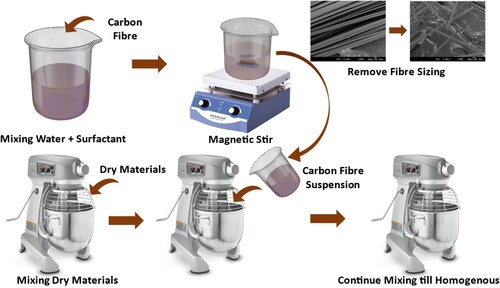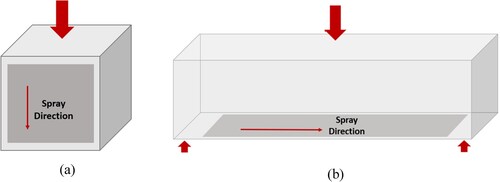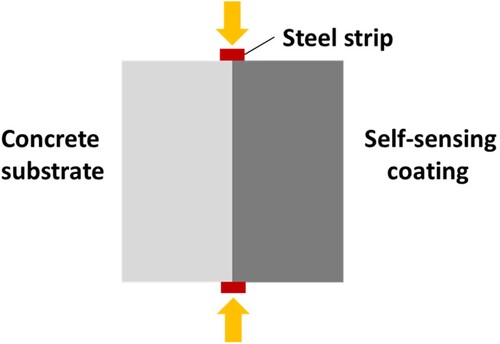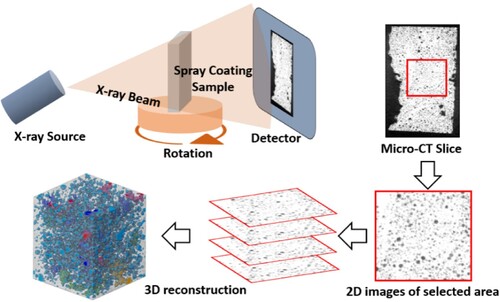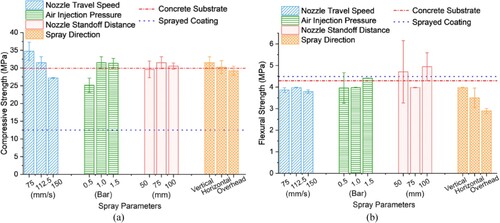Figures & data
Table 1. Mixing proportion of the robotic spray coating.
Table 2. Material properties of carbon fibre.
Figure 2. Setup of the robotic spray: (a) spray printing system and (b) details of the spray nozzle.
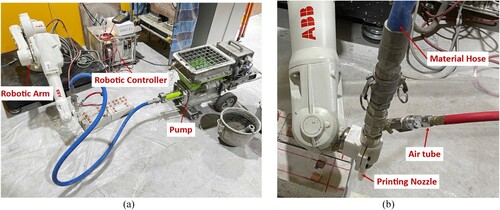
Table 3. Designed parameters and values evaluated for spray printing.
Table 4. Detailed spray application parameters of prepared concrete specimens.
Figure 7. Schematic drawing of 4-electrode Vander Pauw configuration for piezoresistivity measurement.
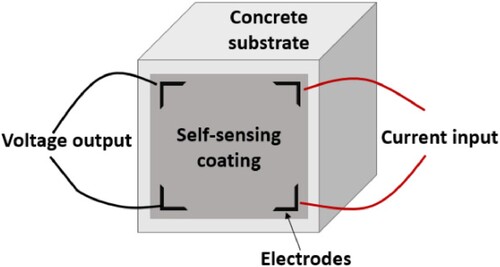
Figure 8. Schematic of electrode configuration of samples under (a) compression and (b) bending with measurement orientation parallel to strain variation.

Figure 10. Assessment of correlation between coating adhesion and spray parameter: (a) bonding strength measurements and (b) microscopic images of bonding zones.

Figure 12. Pore size distribution of the sprayed coating with nozzle travel speed of (a) 75 mm/s, (b) 112.5 mm/s and (c) 150 mm/s.

Figure 13. Pore size distribution of the sprayed coating with air injection pressure of (a) 0.5 Bar, (b) 1 Bar and (c) 1.5 Bar.

Figure 14. Pore size distribution of the sprayed coating with nozzle standoff distance of (a) 50 mm, (b) 75 mm and (c) 100 mm.

Figure 15. Pore size distribution of the sprayed coating with (a) vertical, (b) horizontal and (c) overhead spray.

Figure 16. Piezoresistive response of self-sensing coating under (a) cyclic compression and (b) cyclic bending.
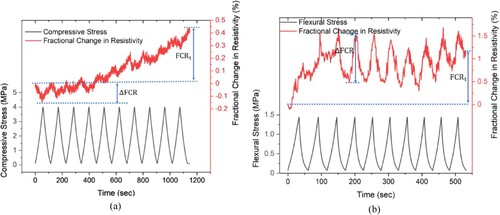
Data availability
The raw/processed data of this study are available from the corresponding author upon reasonable request.

